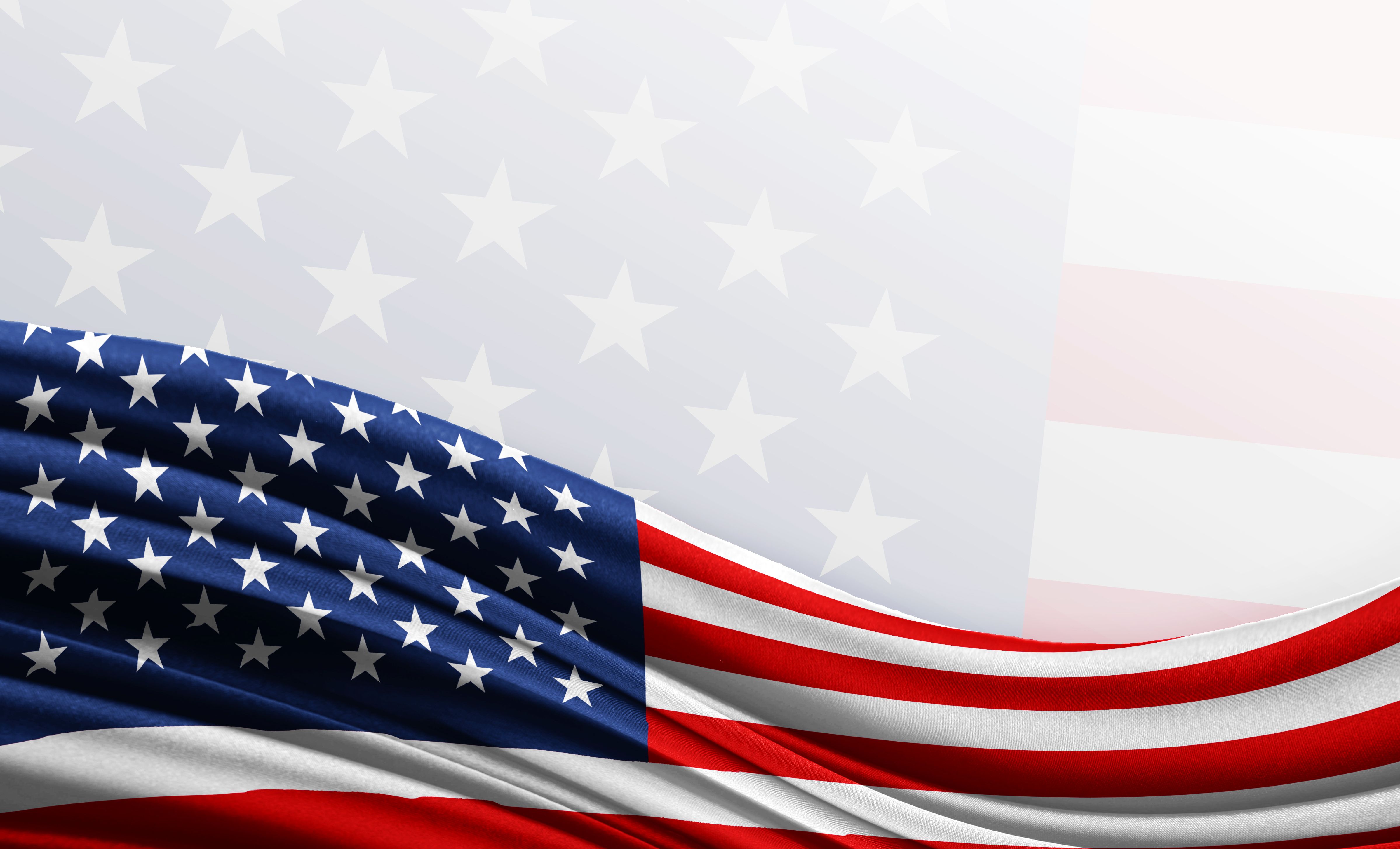Article
Mouthing Off: What Psychiatry and Dentistry Have in Common
Author(s):
Psychiatry has much in common with dentistry. After all, long ago psychiatry threw its lot in with the rest of medicine-that is, general medicine, specialty medicine, and surgery.

Until my recent retirement, I never realized how much psychiatry had in common with dentistry. After all, long ago psychiatry threw its lot in with the rest of medicine-that is, general medicine, specialty medicine, and surgery.
But, wait a minute! Doesn't dentistry also consider itself a medical specialty?
So often in the past, psychiatry has been treated like a step-specialty in the home of medicine. Would we have been better off aligning ourselves with dentists? Should we try to do more of that now? When we talk of more integration with medicine, should that include dentistry? Just look at what we have in common geographically, clinically, and politically.
Geographically, there is the mouth. For psychiatry, the mouth was our organ of expression and interpretation as our field first emerged formally under the carefully spoken interactions of Freud and his followers. Beyond words, it can also be a rich source of non-verbal communication. Now, of course, the mouth is not used as much to talk with patients, but to swallow the pills prescribed. For dentistry, by its very nature, the inside of the mouth is the source of the prevention and treatment of diseases involving the oral cavity.
I became more preoccupied with this area in the first month of my retirement. Fortunately, I had 1 month left of my workplace insurance when I had my last checkup and teeth cleaning in July. Unfortunately, observation and X-rays indicated yet another cavity. Right away, this triggered traumatic memories of childhood cavities, consumed with painful and loud drilling. In recent years, I had become less anxious, thanks to much better pain control with local anesthesia. A more powerful intravenous sedative, where commands can still be followed, but less remembered, is starting to gain a foothold. The closest we have to this in psychiatry is the general anesthesia used in ECT. Nevertheless, my new cavity was close to the root canal, leaving uncertainty to its future pain and lingering ache in the area.
Mentioning my retirement to the dentist during intervals in the filling process revealed our mutual interest in PTSD. It seemed clearer that older dentists had to deal with the lingering trauma of childhood pain from filling cavities. Now, in contrast, they could use the preventive pain techniques, unless needles themselves were trauma triggers. That made me wonder whether this related at all to Eye Movement Desensitization and Reprocessing (EMDR), or re-imaging, in our treatment of PTSD, lessening the sometimes intolerable pain of confronting and addressing past trauma. Maybe we had more to learn from each other's profession.
I was pleased that this checkup and unexpected treatment was still covered under my previous insurance. Although I had signed up for Medicare Parts A, B, and D, dental care was not covered. How had dentistry avoided Medicare?
We psychiatrists were stuck with such low reimbursement that many refused to treat Medicare patients, as we had decided to do in our psychiatry department (at the Medical College of Wisconsin). Separate dental insurance seemed almost prohibitive and not recommended by most dentists. Self-pay, even if that lessened routine dental visits, seemed to have paid off for dentists.
We have much more in common with dentists than I had realized. Historically, our hearts were viewed as the home of our emotions. We psychiatrists have at times referred to our gut instinct. Then the more recent focus on the brain. Maybe it's also time for the mouth! What do you say?





